Signs of habitability stir unexpected scientific excitement.

When researchers examined new high resolution data from one of Jupiter’s icy moons, they expected to refine old theories, not ignite an entirely new wave of speculation. Yet the signals buried in the readings challenged long held assumptions about what a frozen world could hide beneath its shell. The possibility that an ocean under miles of ice might contain the ingredients for life now feels less remote. That shift in thinking has left scientists unusually quiet at first, then startlingly optimistic as the implications begin to settle in.
1. Europa’s surface shows carbon drawn from deep below.
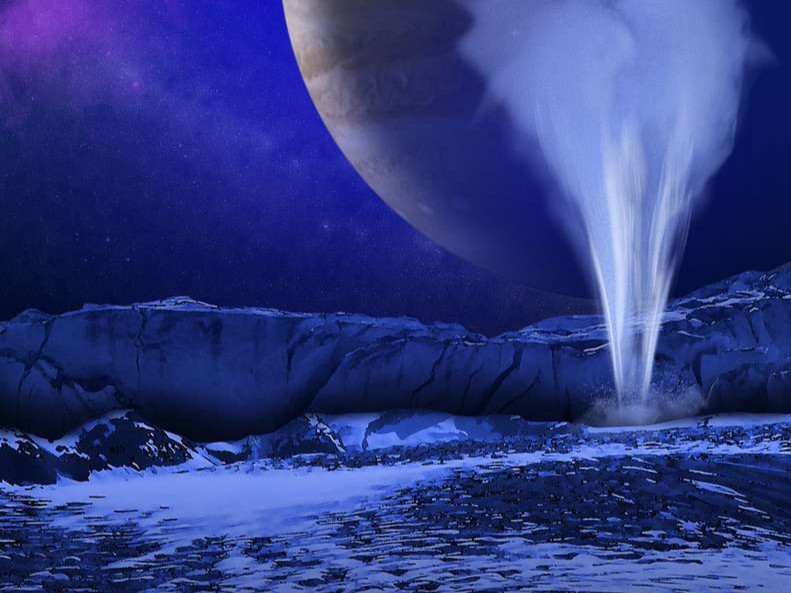
Recent observations reveal concentrated carbon dioxide on Europa’s fractured terrain, and the pattern suggests it was delivered from the ocean beneath the ice according to NASA. The discovery matters because carbon is a key ingredient needed for biological chemistry. Seeing it arranged in ways linked to internal cycling points toward activity inside the moon that researchers did not expect at this clarity. It hints that the subsurface may be replenishing the surface with material rather than holding everything sealed away.
As scientists process the finding, they keep returning to the same idea. If the ocean is sending ingredients upward, something dynamic is happening under that thick shield of ice.
2. New data confirms Europa likely holds a global ocean.
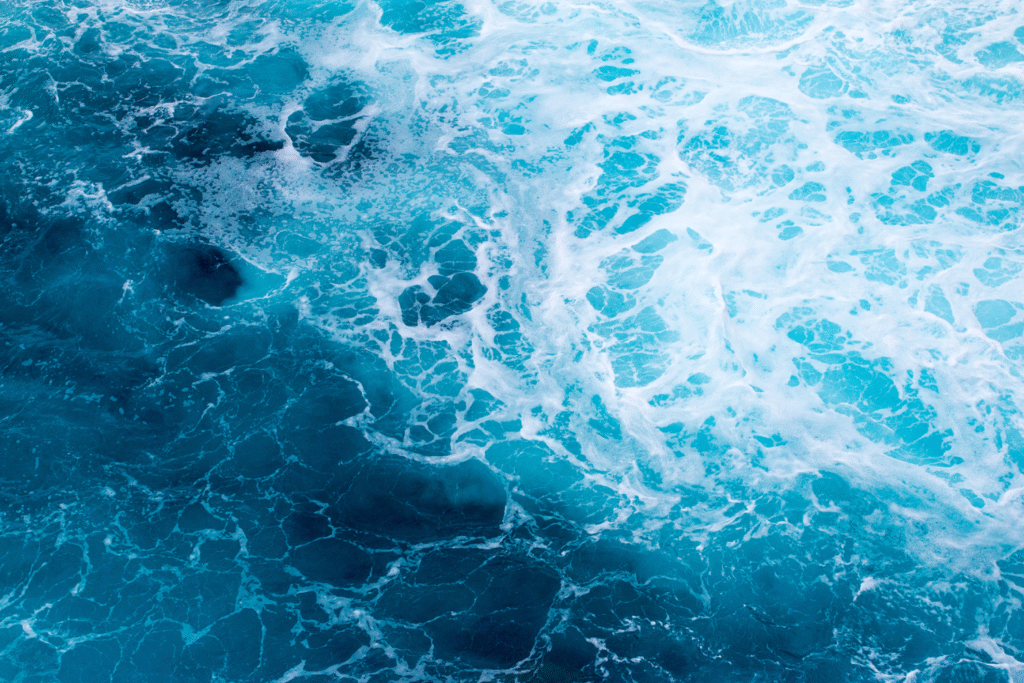
Multiple missions have pointed toward an ocean beneath Europa, but recent measurements tighten the evidence with surprising confidence, as reported by the BBC. Signals in the moon’s magnetic footprint and subtle shifts in its surface support the presence of a deep saltwater sea encircling the entire body. The thought that such a vast ocean exists so far from sunlight seems almost contradictory, yet the data keeps aligning with the theory. The scale of water suggested here surpasses all the oceans on Earth combined.
As the details sharpen, the possibility of habitable conditions becomes harder to ignore. The ocean may not be a simple pool, but a world in motion.
3. Chemical building blocks appear richer than once suspected.
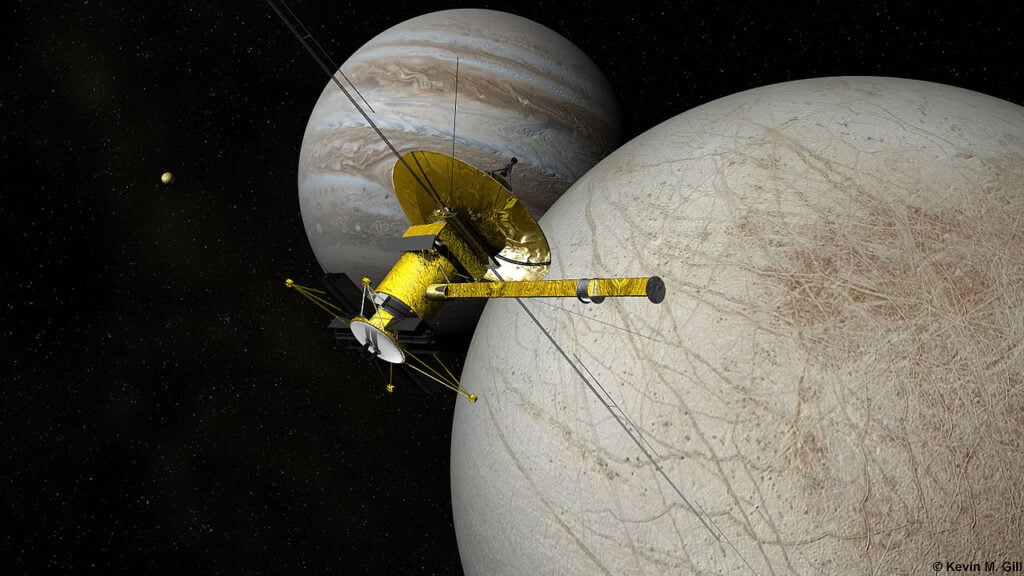
Spectral analysis has revealed a mixture of surface compounds that match chemicals seen in environments friendly to microbial life, as stated by Scientific American. Some of these substances may have formed through interactions between the ocean and the rocky seafloor, a process that could generate energy in the dark. The distribution of these compounds across cracked regions hints they are not local anomalies but part of a broader internal system.
With each sample pulled from remote sensing instruments, the story becomes more compelling. Europa’s chemistry does not resemble a frozen relic but a place where materials shift, react and possibly support biological potential.
4. Surface fractures indicate heat rising from below the ice.
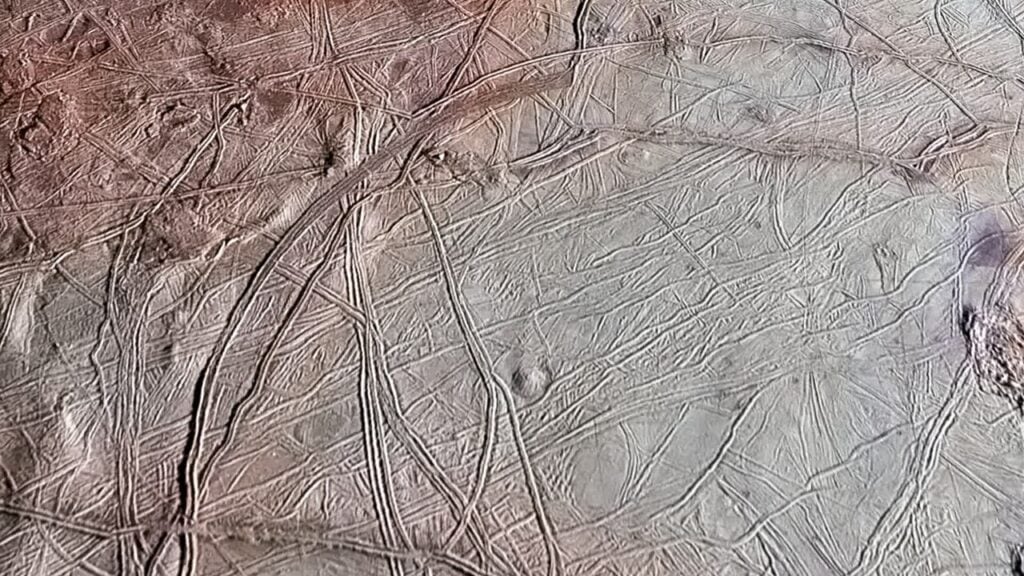
The long lines carved into Europa’s shell have always fascinated scientists, but new assessments suggest they may open and close through cycles of internal pressure and heat. That behavior implies the ice responds to movement from inside the moon. If warmth is rising from below, it would keep parts of the ocean liquid and possibly stir nutrients. The fractures form a kind of natural window into deeper activity.
As the mapping continues, the shapes of these features tell a quiet story. Something beneath the surface keeps trying to reshape the outer layer in slow, powerful movements.
5. Ocean floor interactions could generate steady energy sources.
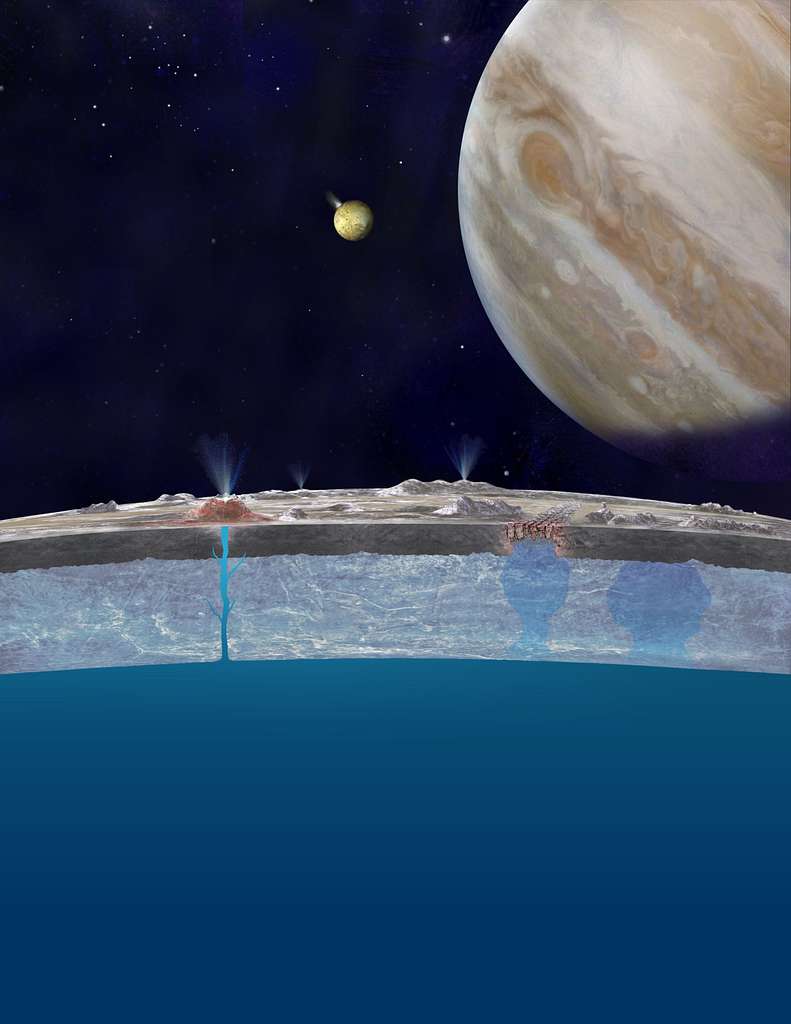
If Europa’s ocean meets a rocky seafloor, the interface could produce chemical gradients capable of supporting microbial life. On Earth similar gradients power entire ecosystems around hydrothermal vents. Europa may host its own version of these environments. The interactions between rock and water would release minerals and heat, fueling processes in absolute darkness.
Over time such systems become stable enough to support complex chemistry. Even without sunlight these reactions create pockets where life could take hold, raising the stakes of every new observation from this distant moon.
6. The ice shell may be thinner in key regions.

Measurements of stress and temperature variations indicate that some areas of Europa’s crust are not as thick as once assumed. Thinner regions could allow materials from the ocean to reach the surface more easily or permit heat to rise more efficiently. This could create zones where chemical exchange is unusually active.
If those exchanges occur regularly, they reshape the moon’s habitability profile. A thinner barrier means more interaction between the ocean and the vacuum above making Europa far more dynamic than predicted.
7. Transient plumes might reveal hidden ocean chemistry.
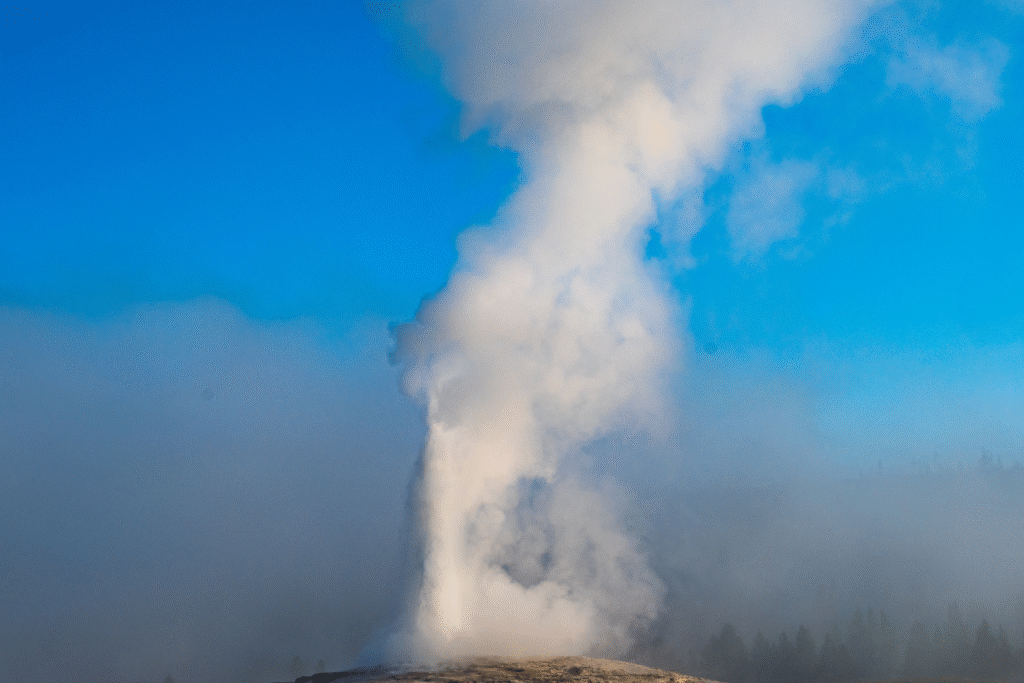
Earlier hints of water vapor bursts around Europa remain unconfirmed in some datasets, but the possibility still drives intense investigation. If plumes do erupt from cracks in the ice, they would allow spacecraft to sample ocean material without drilling through miles of frozen crust. Such events would act like geysers venting chemical signatures straight into space.
Even if plumes are rare, their presence would suggest powerful internal pressure. That pressure would reveal a restless interior capable of moving water upward against the icy shell.
8. The moon’s gravity signals shifting internal layers.

Subtle changes in Europa’s gravitational field show that layers inside the moon do not sit perfectly still. Instead they appear to redistribute mass through movements tied to the orbit around Jupiter. These shifts could influence tides within the ocean, stirring currents and mixing nutrients. A restless interior brings the possibility of a living ecosystem into sharper focus.
When researchers model these internal tides, they see swirling patterns that echo conditions in Earth’s most dynamic seas. Movement on that scale could support a thriving chemical environment beneath the ice.
9. Radiation patterns reveal areas of protected subsurface stability.
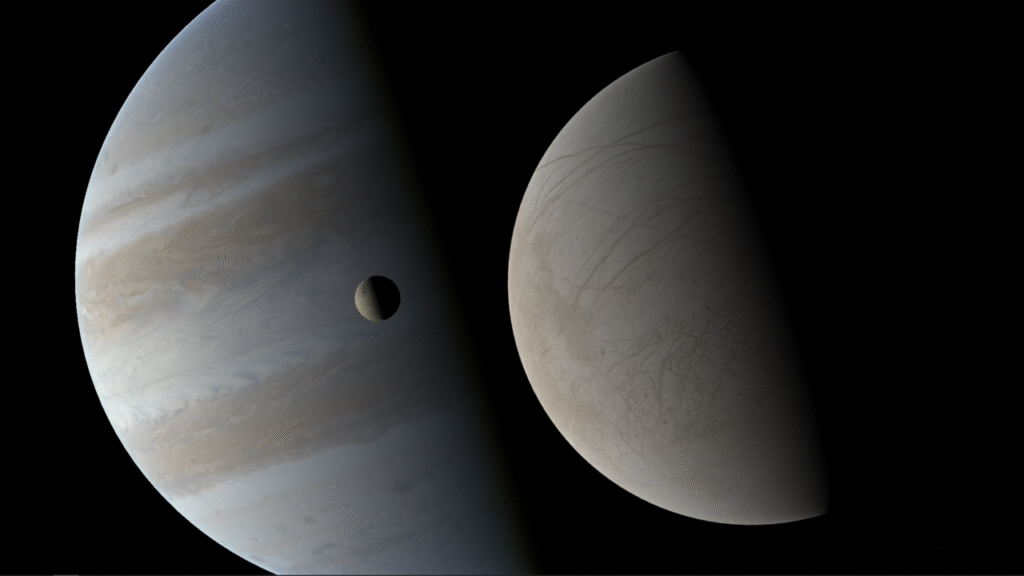
Jupiter’s radiation bombards Europa’s exterior, but modeling shows that thick ice and shifting layers create sheltered spaces deep below. These areas could remain stable long enough for complex chemistry or even life to form. Each zone appears shaped by temperature gradients and geological motion, forming pockets shielded from the chaos above.
As scientists study these protected regions, they imagine habitats hidden beneath the frozen crust. The idea feels less like distant speculation and more like a natural conclusion drawn from accumulating evidence.
10. The moon now stands as a top target for life searches.
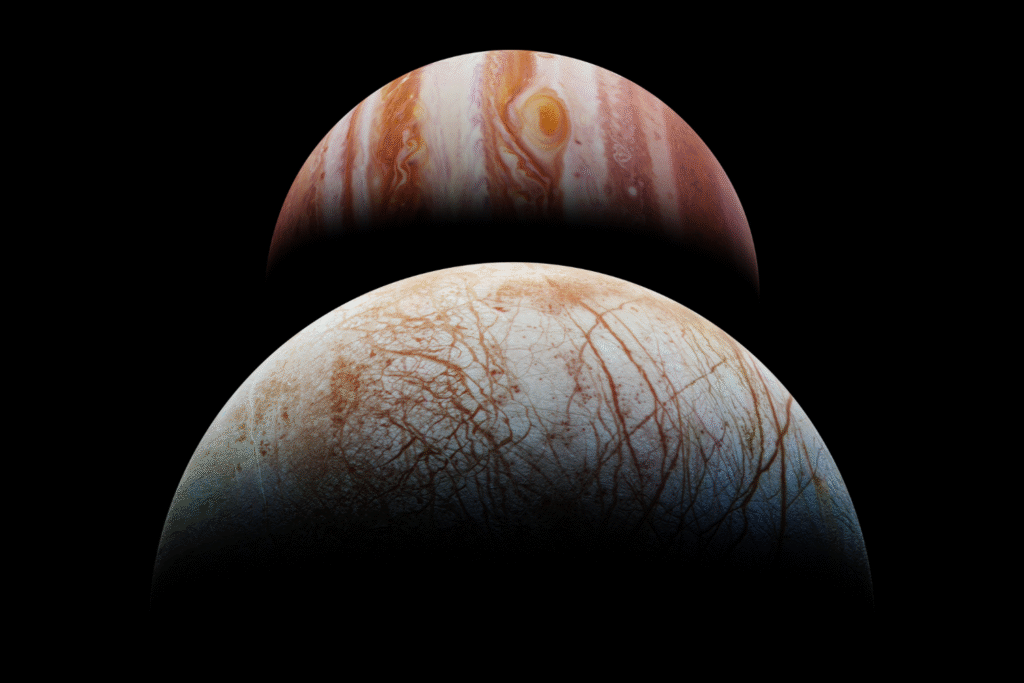
Every new reading pushes Europa closer to the center of astrobiology research. Scientists once viewed it as a frozen sphere with potential but limited promise. Now it feels like a contender, a world with water, energy, chemistry and internal motion. Missions preparing to visit the moon aim to uncover what that ocean truly holds and whether its ingredients converge toward something living.
The anticipation grows with each discovery. Europa no longer sits quietly at the edge of scientific curiosity. It now carries the weight of possibility, drawing hope toward a place where life might wait beneath the ice.
